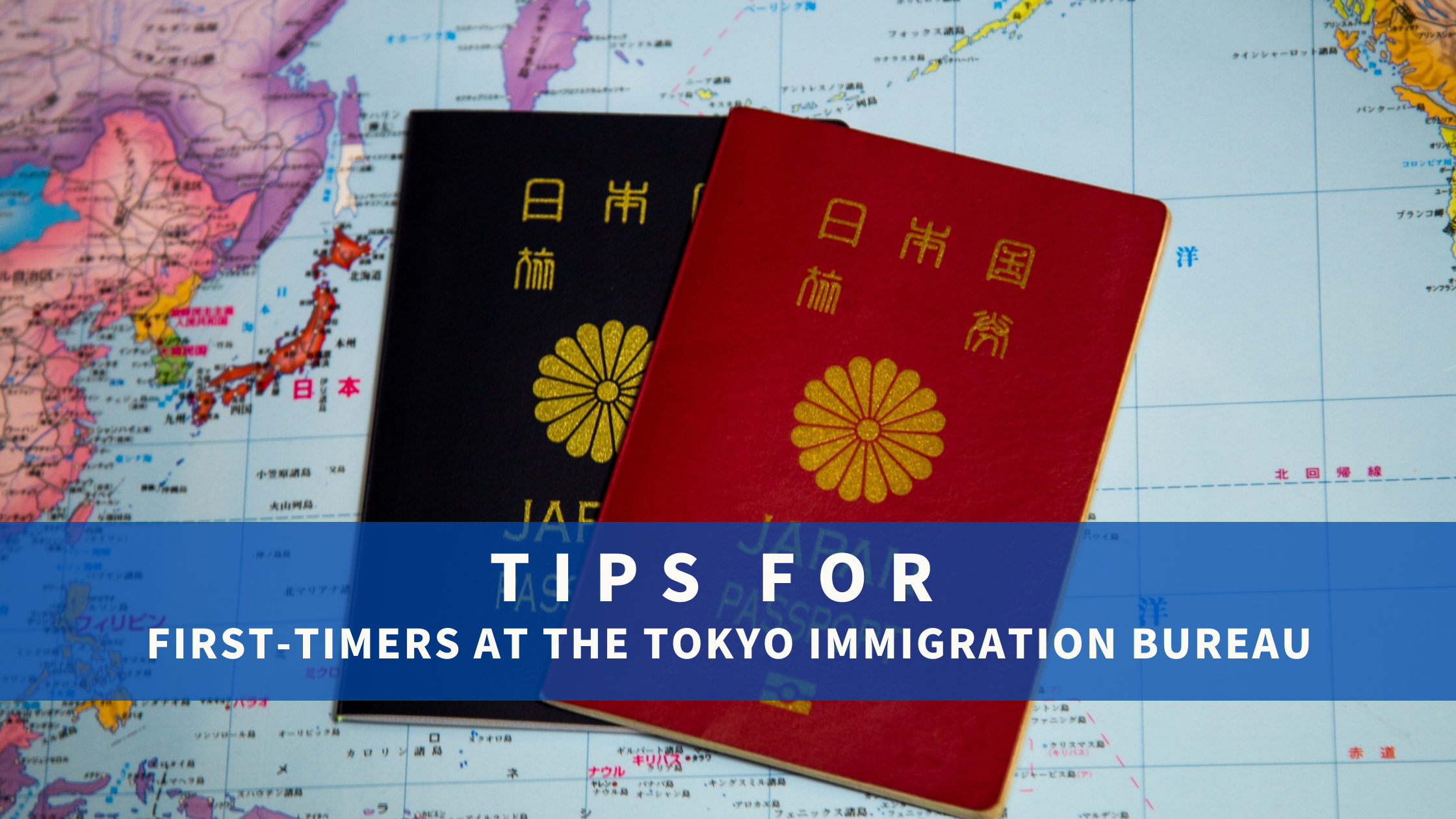
When the corona event took hold of the world throughout 2020, the disruptive effect on daily life, business, the economy, and human behavior in general was both drastic and unprecedented. Across all industries, businesses are under immense pressure to adapt to new modes and restrictions to survive. Given how inextricably linked to the global situation the eikaiwa industry is, both on the business end of hiring/recruitment and in the general motivation for foreign language study by students, this effect has been immense.
In this article, we’ll take a look at few of the ways the experience/prospect of “teaching English in Japan” has changed over a year into the pandemic response, from the perspective of a long-time eikaiwa teacher in central Tokyo.
(1) The Rise of Remote Teaching
Long seen a “lower tier” of English study than the much more desirable face-to-face lesson, it comes as no surprise that remote teaching has seen a change in perception over the past year. Those looking to continue teaching in Japan in the current day must be familiar with, and comfortable using, online teaching platforms like Zoom or Whereby.
Remote teaching can, with some experience and a well-practiced usage of online resources, approximate a face-to-face lesson in many ways. However, seasoned ‘in-person’ teachers will have to adapt their teaching style to “reach” and build rapport with students at the same level.
Technical issues during an online lesson can seem to multiply student frustration exponentially. So a would-be teacher in Japan needs to be tech-adept and, if teaching from home (whether on behalf of a school or independently), equipped with a reliable computer, headset, and internet.
(2) A Shift in Motivation
Two of the most commonly stated goals for studying English given by Japanese students are “to talk with foreigners in Japan”, and “to travel overseas (for business or pleasure)”. It comes as no surprise that, with travel extremely complicated and cumbersome (if not impossible for a number of factors) in and out of Japan, both these springs of motivation have all but dried up. The 2020 (2021?) Olympics highlight this: what was two years ago a huge motive for people all over Tokyo to dust off their English in anticipation of greeting and assisting eager-eyed tourists in Japan, is now at times described by students as a regrettable white elephant sure to bring new dangers.
The current-day eikaiwa teacher must be able to address this situation, whether through the frame of a hopeful future, or by promoting alternative study goals such as English-language media. An English teacher who can keep their students positive and goal-oriented despite the situation will find success.
(3) Allaying Virus Fears
Finally, students who do come to face-to-face lessons still have varying levels of fear with regards to the coronavirus and associated issues. While it’s difficult to see how or if the question of vaccination will have any sizable effect in Japan in the longer term, for now English teachers must get used to fairly strong (and conspicuous) precautionary measures.
Masks will continue to be standard in lessons for the foreseeable future, and this means English teachers must compensate for their somewhat muffled voice. It is also advisable for teachers in Japan to make visible moves towards “safety”, whether through disinfection or mindful distancing. Putting students’ minds at ease in this way can help to keep the enjoyment and focus in lessons at the forefront.
In conclusion, the English-teaching scene in Japan is quite a different place in 2021 than it was in 2019. In addition to adapting to new technologies and teaching styles, teachers and would-be teachers must become more flexible and more dedicated to their lessons in what is an increasingly competitive industry.


